Option Moneyness: Definition, How it Works, Uses, and Advantages
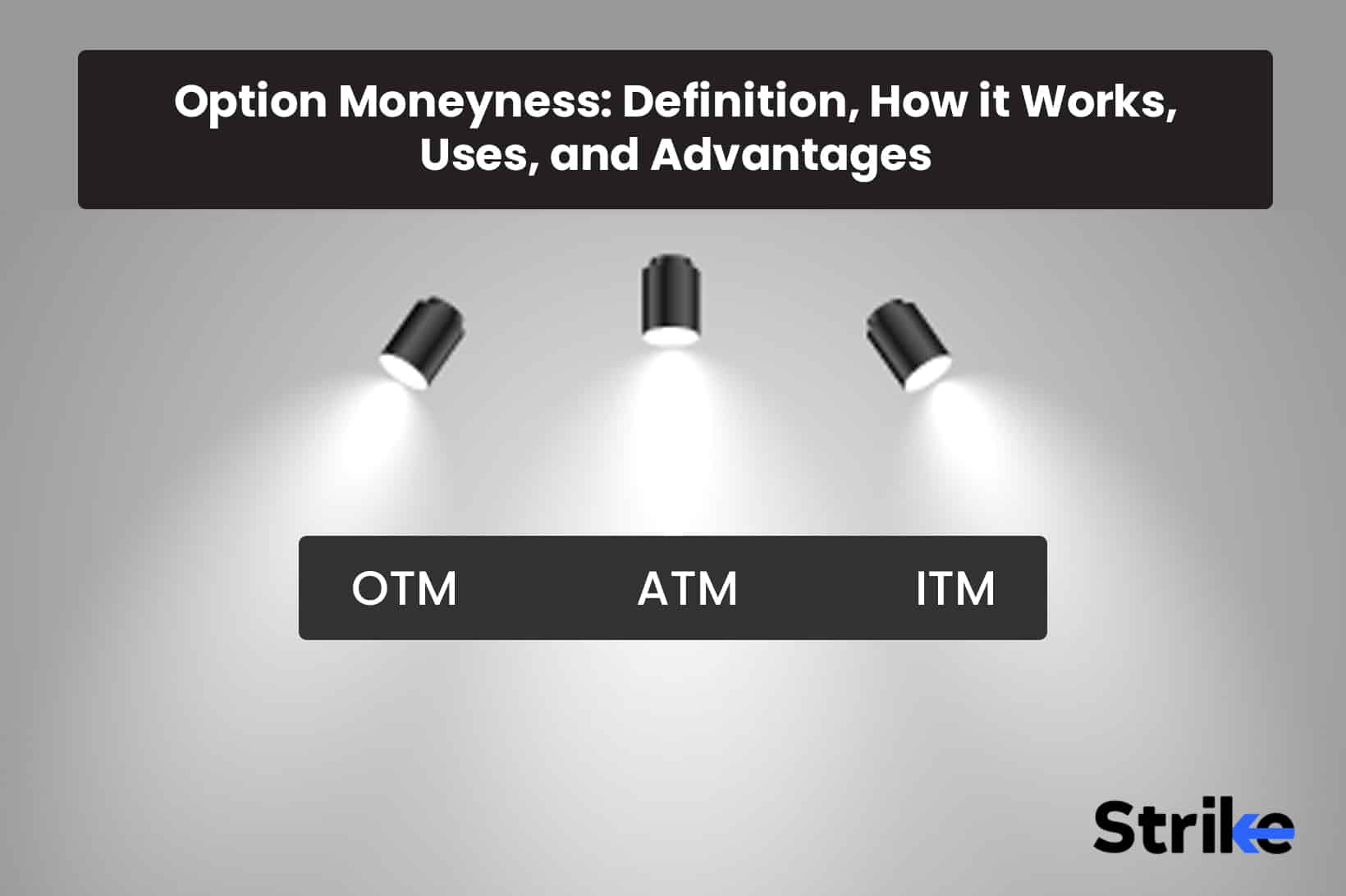
The moneyness of an option is a determinant that determines the relationship between the spot price of an underlying asset and the strike price of the option. In option moneyness, the strike price is the predetermined price that is used by the holder of the option to sell or buy the underlying asset. The spot price is the latest price at which the options contract is being traded.
The moneyness of an option contract is a classification method where each option gets classified into three options. They are In the Money (ITM), At the Money (ATM), or Out of the Money (OTM) option. This classification helps the trader to decide which strike to trade depending on the circumstances in the market. The relationship between the current price and the strike price is considered by the investors and traders while making decisions about buying and selling the option.
Option moneyness helps in assessing the risk associated with an options position. By understanding whether an option is in-the-money, at-the-money, or out-of-the-money, traders can gauge the likelihood of the option expiring with value or becoming profitable. At the same time, option moneyness focuses solely on the relationship between the strike price and the current price of the underlying asset. It does not consider other factors, such as market volatility, time decay, and overall market conditions. Relying solely on moneyness may oversimplify the analysis and overlook important aspects that can impact the value and profitability of options.
What is Option Moneyness?
Option Moneyness describes the intrinsic value of an option’s premium in the market. The option’s premium is the current market price of an option contract. The premium can fluctuate based on market conditions. The degree of moneyness can change over the life of an options contract. There are three important terms to understand while trading options. They are In the money (ITM), At the money (ATM), or Out of the money (OTM) option. These options are categorized by the traders based on the relationship of the strike price to the underlying stock price at the current time. The categories describe an option’s moneyness.
The proper understanding of strike price, the current underlying price, and the type of the option is important as it helps to decide whether an option is In the money (ITM), At the money (ATM), or Out of the money (OTM) option and moneyness is different for calls and puts. Calls and puts are two types of options contracts used in options trading. Call and put options is a contract that provides rights to the buyer to buy or sell the asset within a specific date or price.
What is the importance of Option Moneyness?
Option Moneyness is important as it helps in assessing the risk associated with an options position. Moneyness also provides insights into the profit potential of an option. Traders can focus on options that are more likely to generate profits based on their moneyness.
Option moneyness can influence an option’s price and premium and helps traders make informed decisions about which options to select and which strategies to implement based on their market conditions, sentiments (bullish, bearish, or neutral), and volatility.
How does Option Moneyness work?
An Option premium is the current market price of an option contract. A premium has two categories. They are the Intrinsic Value of an option premium and the Time value of an Option premium. The intrinsic value of an option is the current value of the option, and it represents the worth of the option. The time value of an option is an additional amount a buyer is willing to pay over the current intrinsic value. An option premium can increase in value before its expiration date.
The option moneyness works by understanding the three important options. Here are the three important options.
- In the money (ITM) option: An In the money (ITM) option has positive intrinsic value as well as time value.
- At the money (ATM) option: An At the money (ATM) option has no intrinsic value. It has only time value.
- Out of the money (OTM) option: An Out of the money (OTM) option has no intrinsic value.
An Option Moneyness works differently for call option moneyness and Put option moneyness.
Call-and-put option moneyness also works differently for the money (ITM), the money (ATM), and Out-of-the-money (OTM) options.
A call option is In the Money (ITM) when the strike price is below the spot price. It is At the money (ATM) when the stock price is equal to the strike price, and it is Out of the money (OTM) option when the stock price is below the strike price. Generally, the low strike calls are In the money (ITM), while high strike calls are Out of the money (OTM). These calls represent the rights to buy the stock and traders usually buy them as low as possible. This is why low-strike calls are good (In the money) while high-strike calls are less valuable.
A put option is In the money (ITM) when the strike price is above the spot price. It is At the money (ATM) when the stock price is equal to the strike price and it is Out of the money (OTM) option when the stock price is above the strike price. Generally, the low strike puts are Out of the money (OTM), while high strike puts are In The money (ITM). These calls represent the rights to sell the stock, and traders usually sell them as high as possible.
How does Option Moneyness determine?
Option Moneyness is determined by the strike price and the current market price of the asset. It assesses the value of an option. An option’s pricing or value is based on two components: intrinsic value and extrinsic value.
The intrinsic value of an option is the money the option buyer makes from an options contract, provided he has the right to exercise that option on the given day. Intrinsic Value is always a positive value and can never go below 0.
The extrinsic value has several components, like the time value or the theta. Theta represents the time value decline of an options contract. It is the portion of an option’s premium that is accountable to the amount of time remaining until the contract expires. There are many other components, but time value is the most important concept for traders and investors. The extrinsic value of the option will be higher if there is more time until the contract expires. The investors pay the premium depending on the time depending on the time remaining as the stock has less time to become less profitable. The time value of an option decreases when the expiration of the contract gets closer.
The value of an option is composed of two parts, which are the intrinsic value and the time value.
The value of an option is calculated by this formula
Value of an option = Intrinsic value + Time value
The time value will be zero when an option contract expires. At this point, the option value is equal to the intrinsic value.
Value of option = Intrinsic value + 0
The intrinsic value is different for the call option and the put option. Here is the formula to calculate the intrinsic value of the call option and put option:
The intrinsic value of call option = Max of (Spot Price – Strike Price)
The intrinsic value of the put option = Max of (Strike Price – Spot Price).
The Option moneyness can be calculated by this formula:
Option Moneyness (M) = (S – K)
Where:
- Moneyness (M) can be positive, zero, or negative, depending on whether the option is In the money (ITM), At the money (ATM), or Out of the money (OTM).
- S is the current market price of the underlying asset.
- K is the strike price of the option.
Here is the Value of Moneyness depending on the option:
- In the money (ITM): M > 0
- At the money (ATM): M = 0
- Out of the money (OTM): M < 0
The formula of Option moneyness will change depending on the call option or put option.
What are the Three Types of Option Moneyness?
Options Moneyness is categorized into 3 types. Here are the three types of Option moneyness.
- In the money (ITM): An In the money (ITM) option has positive intrinsic value as well as time value.
- At the money (ATM): An At the money (ATM) option has no intrinsic value. It has only time value.
- Out of the money (OTM): An Out of the money (OTM) option has no intrinsic value.
It is important that traders and investors should know that Option Moneyness works differently from call option moneyness and Put option moneyness.
1.In The Money (ITM)
In The Money (ITM) are those options that have intrinsic value and time value. In the money (ITM) describes the position of the strike price against the stock price at any given time.
A call option is In The Money (ITM) when the underlying stock price is above the option’s strike price. A put option is In The Money (ITM) when the stock price is below the strike price.
The option can be immediately exercised and the shares are received at the strike price if a call option is In The Money (ITM). Traders also immediately sell the shares in the market after this. In The Money (ITM) puts allow the option holder to sell a stock at a higher price compared to the market price of the security. Traders usually use long calls to place bullish bets on a stock, while long puts are generally used when a trader is bearish.
The Money (ITM) option is advantageous for an options trader to exit the trade in the market rather than exercising immediately, as it also has a time value. There are also different styles to exercise the options depending on the expiration, like American and European.
An option is said to be in the money and has intrinsic value when you have a call option, and the stock price is greater than the strike price. This describes the relationship between the two prices and not the trader’s actual profitability. The position is said to be in the money when you have a put option, and the stock price is lower than the strike price.
2. Out of The Money (OTM)
An Out-of-the-money (OTM) option has no intrinsic value. An Out-of-the-money (OTM) option is one in which the strike price is above the underlying stock price. The owner of a call option invests depending on the fact that the share price rises prior to expiration so that the option has intrinsic value. The seller of a call option benefits when the underlying stock price remains below the exercise price, so they can keep the premium they collected when they sold to open the call.
Puts Out of the Money (OTM) is when the strike price is below the market price of the underlying shares. The owner of puts is bearish on the stock as the stock falls below the strike price, and the puts become In The Money. Put sellers who are neutral to bullish on the stock believe that the share price stays above the exercise price.
Out-of-the-money (OTM) options do not have intrinsic value. Their premium is made up of time value only. Out of the money (OTM) options generally have lower premiums than In The Money (ITM) and At the money (ATM) options since they are more likely to expire worthless.
Out of the money (OTM) doesn’t mean the trader has lost money on trade but is a description of where the strike and stock prices are in relation to each other at present.
The stock price has to be lower than the strike price for a call option position to be considered OTM, and for a put option, the stock price has to be higher than the strike price.
3. At The Money (ATM)
An At the money (ATM) option has no intrinsic value. It has only time value. At the money (ATM), puts and calls have strike prices that are the same as the market price of the underlying stock. It describes a price level parity between stock and strike prices. At the money (ATM) options are usually more expensive than Out of the money (OTM) options but less expensive than In The Money (ITM) options. This type of option moneyness means that calls and puts are heavily influenced by volatility and time decay.
Which of the following Moneyness Options would lead to zero cash?
An At The Money (ATM) option would lead to zero cash. Both the call and put options would be at the money (ATM), and the intrinsic value of both would be zero, and an immediate exercise of either option would not result in any profit. An at-the-money (ATM) option having zero intrinsic value is neither good nor bad in itself. It simply means the strike price of the option equals the current market price of the underlying asset.
What does 110 Option Moneyness mean?
A 110 Option Moneyness means a call option. A call option is also called an upside option, as the holder can earn a profit because of the upward price movement in the underlying asset. Traders usually use this by anticipating that the price of the underlying asset will increase beyond the strike price. The call option can provide the opportunity for significant upside gains.
How do the Intrinsic and Time values of Option Moneyness differ?
The intrinsic value of an options contract is the value of the option at expiration. The intrinsic value is the only value remaining on the contract If the contract expires immediately. The difference between the current value of the underlying security and the option contract’s strike price is taken to calculate the intrinsic value.
Extrinsic value is the value of an options contract beyond its intrinsic value. The extrinsic value of an options contract is also called the time value. The time value is the remaining value, which is dependent on external factors such as the time remaining on the contract, the volatility of the underlying security, the risk-free interest rate, and the dividend rate of the underlying security. Extrinsic value is greatest when an options contract is At The Money (ATM). The extrinsic value factors have little influence on the option’s price when the price of the underlying security is far above or far below the contract’s strike price.
How to use Option Moneyness?
An option Moneyness is also used to describe the intrinsic value of an option in its current state. It is an indicator as to whether the option would make money if it were exercised immediately. Traders should first understand the 3 different categories of option moneyness and should understand the working of call option moneyness and put option moneyness.
The market sentiment like bullish, bearish, or neutral, should be determined to select the right call or put option.
The traders should then select their strategy and style depending on returns, initial cost, risk, and market conditions. A style like American or European should also be selected.
The traders should understand whether an option is in-the-money, at-the-money, or out-of-the-money; traders can gauge the likelihood of the option expiring with value or becoming profitable.
It is important to understand that option moneyness has to be used with other tools to confirm the conditions and market volatility.
How does Option Moneyness help traders evaluate options strategies’ profitability?
Option Moneyness can help traders evaluate options strategies and profitability. An Out-of-the-money (OTM) call option is considered if the trader is very bullish on the stock, as they are less costly than In-the-Money (ITM) options. This can also help traders with smaller amounts of capital. They can also be traded using strategies like covered calls or protective puts. OTM options also experience larger percent gains or losses than In The Money (ITM) options.
The money (ATM) options pay a moderate premium in comparison to OTM and ITM, and the probability of receiving the expected gains is fair since it consists only of time value and not intrinsic value. Out-of-the-money (OTM) options are less costly when compared to ITM, as the premium consists of only time value. The traders can choose the out-of-the-money option if they want a positive price movement, as it involves less up-front payment. The premium for ITM options is more than that of OTM and ATM, but the probability of receiving the expected gains is high as the premium consists of intrinsic value and time value. Traders can use this information to evaluate the options strategies profitability.
How does Option Moneyness influence the option’s price and premiums?
Option moneyness can influence an option’s price and premium (market price of the option). There are three categories of option moneyness, and each of them influences the option’s price and premium differently. An In-the-money (ITM) call option has a strike price lower than the current market price of the underlying asset. This helps the trader buy the asset at a lower price.
The money (ITM) put option has a higher strike price, and this helps the trader sell the asset at a higher price. An ATM call and put option has a strike price that is approximately equal to the current market price of the underlying asset. An Out-of-the-money (OTM) call option has a strike price higher than the current market price of the underlying asset, and an OTM put option has a strike price lower than the current market price of the underlying asset.
The premium of the money (ITM) has both intrinsic and time value. The premium will be greater if the intrinsic value is greater. An Out of money (OTM) does not have intrinsic value as it will result in loss, and the premium only has a time value. The time value of all option moneyness will be higher if the expiration date is higher. It is important to understand that the money (ITM) options have both intrinsic value and time value, while Out of money (OTM)
has only time value. An option’s moneyness or its intrinsic value can affect its premium, but option premium does not affect moneyness.
What is an example of the Moneyness of Options?
Here is an example of In The Money (ITM) option:
The trader has a $100 call option, and If the stock is trading for $105, the trader should exercise the option and immediately sell the shares for a profit. Therefore, the option is In The Money (ITM) with $5 of intrinsic value.
Can Option Moneyness be used in Call Option and Put Option?
Yes, Option moneyness is used in both call options and put options. Call option moneyness and put option moneyness work differently. For a call option, the moneyness determines how the spot price of an underlying asset compares to the strike price of the call option. Similarly, for a put option, the put option moneyness establishes the relationship between the spot price of the underlying asset and the strike price of the put option.
What are the advantages of Option Moneyness?
Option moneyness offers several advantages for traders and investors, including risk assessment. Here are five key advantages to consider.
- Risk Assessment: Option moneyness helps in assessing the risk associated with an options position. By understanding whether an option is in-the-money, at-the-money, or out-of-the-money, traders can gauge the likelihood of the option expiring with value or becoming profitable.
- Profit Potential: Moneyness provides insights into the profit potential of an option. In-the-money options have intrinsic value and a higher likelihood of being profitable upon exercise or sale. Traders can focus on options that are more likely to generate profits based on their moneyness.
- Analysis of Price and Premium: Option moneyness can influence an option’s price and premium (market price of the option). The premium will be greater if the intrinsic value is greater. The different categories of Option moneyness can also help the trader buy at a lower price and sell at a higher price.
- Time value: The time value of all option moneyness will be higher if the expiration date is higher. The investors pay more premiums when the time value is high as the stock has time to get more profitable.
- Decision Making: The traders can make the right decisions as they can select the strategies based on the category of option moneyness selected by the trader. The right decisions can be taken according to the style (American or European) and expectations (bullish, bearish, or neutral).
These are the advantages of Option Moneyness, which is used by traders and investors to develop a successful trading strategy and make informed trading decisions. Traders can use the advantages to find the optimal setting that aligns with their trading strategy and risk tolerance.
What are the disadvantages of Option Moneyness?
Option moneyness provides valuable insights, but it also has some limitations and potential disadvantages. Here are five.
- Simplified Perspective: Option moneyness focuses solely on the relationship between the strike price and the current price of the underlying asset. It does not consider other factors, such as market volatility, time decay, and overall market conditions. Relying solely on moneyness sometimes oversimplify the analysis and overlook important aspects that can impact the value and profitability of options.
- Limited Time Horizon: Moneyness is a snapshot of the option’s status at a specific point in time. It does not account for future changes in the price of the underlying asset or the passage of time. As options approach expiration, moneyness alone does not provide a complete picture of the option’s potential profitability.
- Misinterpretation: Option Moneyness is sometimes misinterpreted by many traders without considering other factors and trading opportunities. The categories should also be identified by the traders correctly in order to avoid potential risks.
- Expiration: The expiration date is sometimes different for different options and affects the rate of time decay. This can create unnecessary complications, and the trader’s strategy will be affected.
- Nature of the market: Option moneyness does not always show accurate market conditions. There are frequent changes in price, volatility, and market sentiments. They have to be used in conjunction with other tools to assess the market conditions accurately.
These are the disadvantages and it is important that traders and investors use Option moneyness with other technical analysis tools and indicators to confirm signals and minimize the risk of poor trading decisions. Traders must also find the optimal setting that aligns with their trading strategy and risk tolerance.
Is it better to buy ITM instead of OTM?
No, It is better to buy Out of the money (OTM) instead of In The Money (ITM). Most traders prefer Out-of-the-money (OTM) as they are less costly than In-the-Money (ITM) options, which makes them more desirable to traders with smaller amounts of capital. They are also traded for strategies such as covered calls or protective puts.OTM options also experience larger percent gains or losses than In The Money (ITM) options.
Is it better to buy an OTM than to buy an ATM?
Yes, It is better to buy Out of the money (OTM) compared to At The Money (ATM). Most traders prefer Out of the money (OTM) as they are less costly and they also experience larger percent gains. The premiums paid for OTM traders are also lower than The Money (ATM) options in most cases.
What is the difference between Delta and Option Moneyness?
Delta and option moneyness are both important concepts in options trading. Here are the three differences between delta and option moneyness.
Delta and option moneyness provide related but distinct insights into an option’s characteristics. Delta is the amount an option’s premium changes given a small change in the underlying asset’s price. Delta values range from 0 to 1 for calls and -1 to 0 for puts. Moneyness describes the intrinsic value of an option based on the relationship between the underlying price and the strike price.
In-the-money options have positive intrinsic value, at-the-money have zero, and out-of-the-money have negative intrinsic value. Traders use delta to gauge an option’s price sensitivity to the underlying. Moneyness indicates if an immediate exercise would have intrinsic value. Together, delta and moneyness inform options trading strategies by quantifying an option’s price exposure and intrinsic profitability at a given underlying price.
Page Contributers 

Arjun Remesh
Head of ContentArjun is a seasoned stock market content expert with over 7 years of experience in stock market, technical & fundamental analysis. Since 2020, he has been a key contributor to Strike platform. Arjun is an active stock market investor with his in-depth stock market analysis knowledge. Arjun is also an certified stock market researcher from Indiacharts, mentored by Rohit Srivastava.

Shivam Gaba
Reviewer of ContentShivam is a stock market content expert with CFTe certification. He is been trading from last 8 years in indian stock market. He has a vast knowledge in technical analysis, financial market education, product management, risk assessment, derivatives trading & market Research. He won Zerodha 60-Day Challenge thrice in a row. He is being mentored by Rohit Srivastava, Indiacharts.




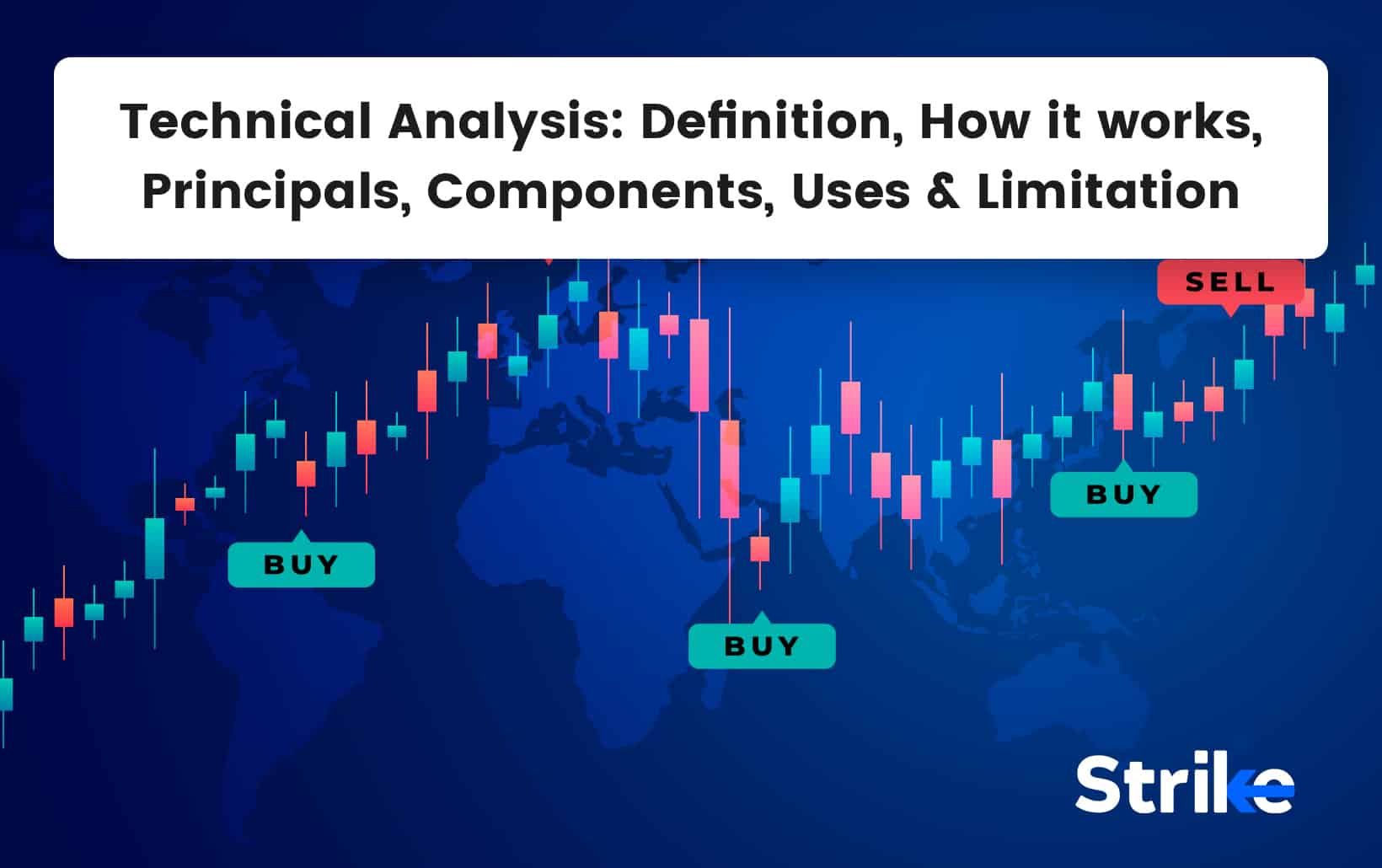
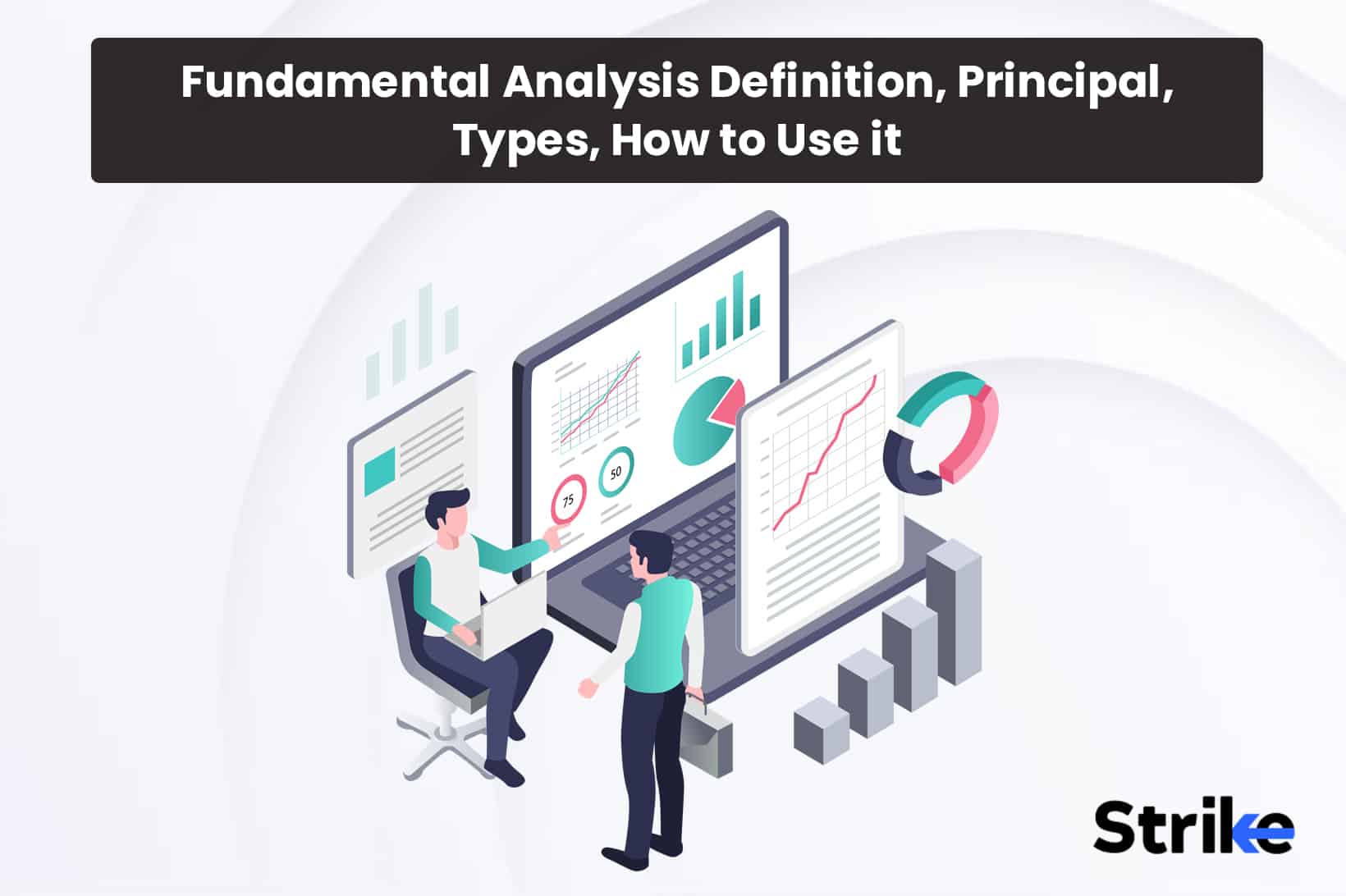


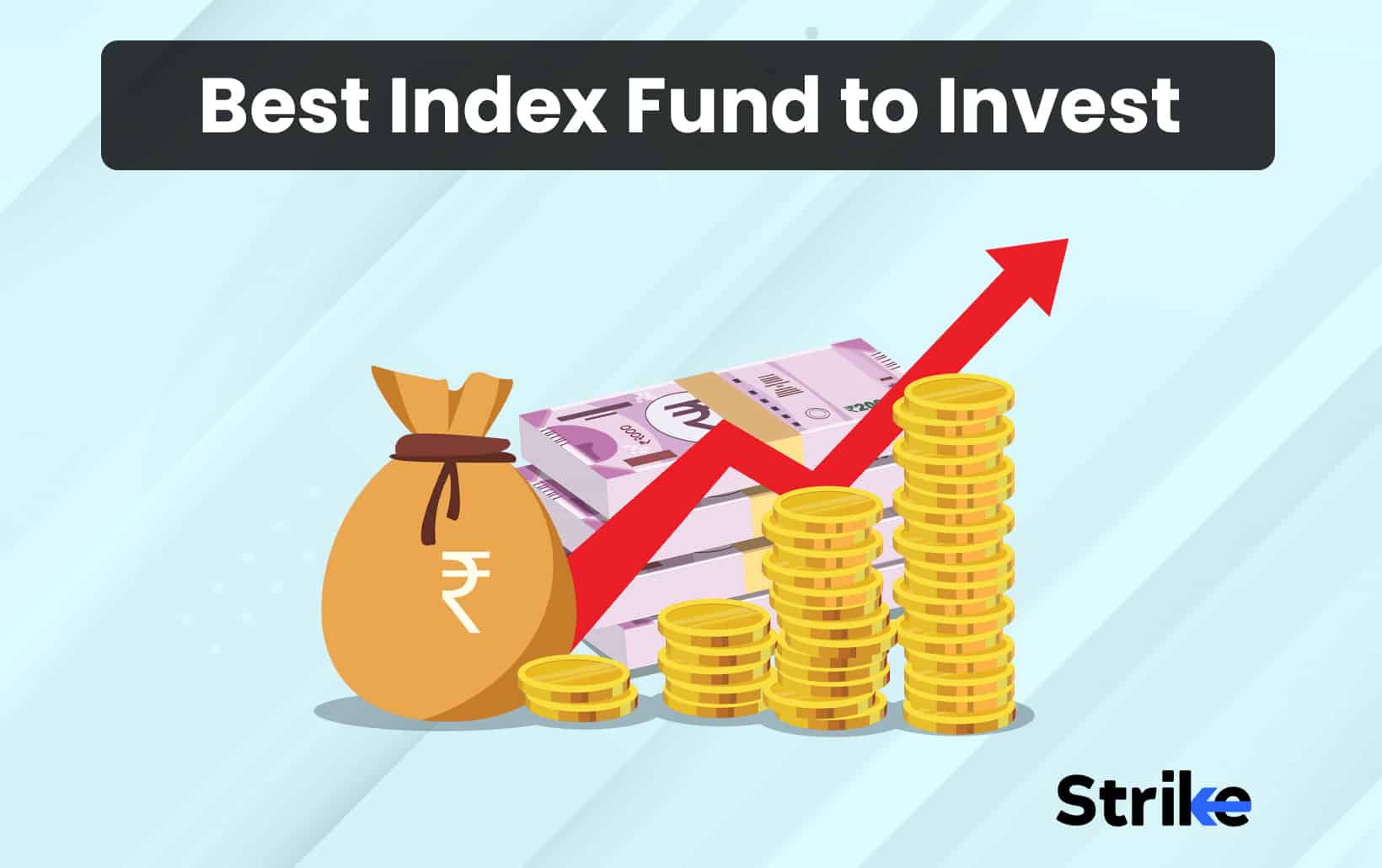




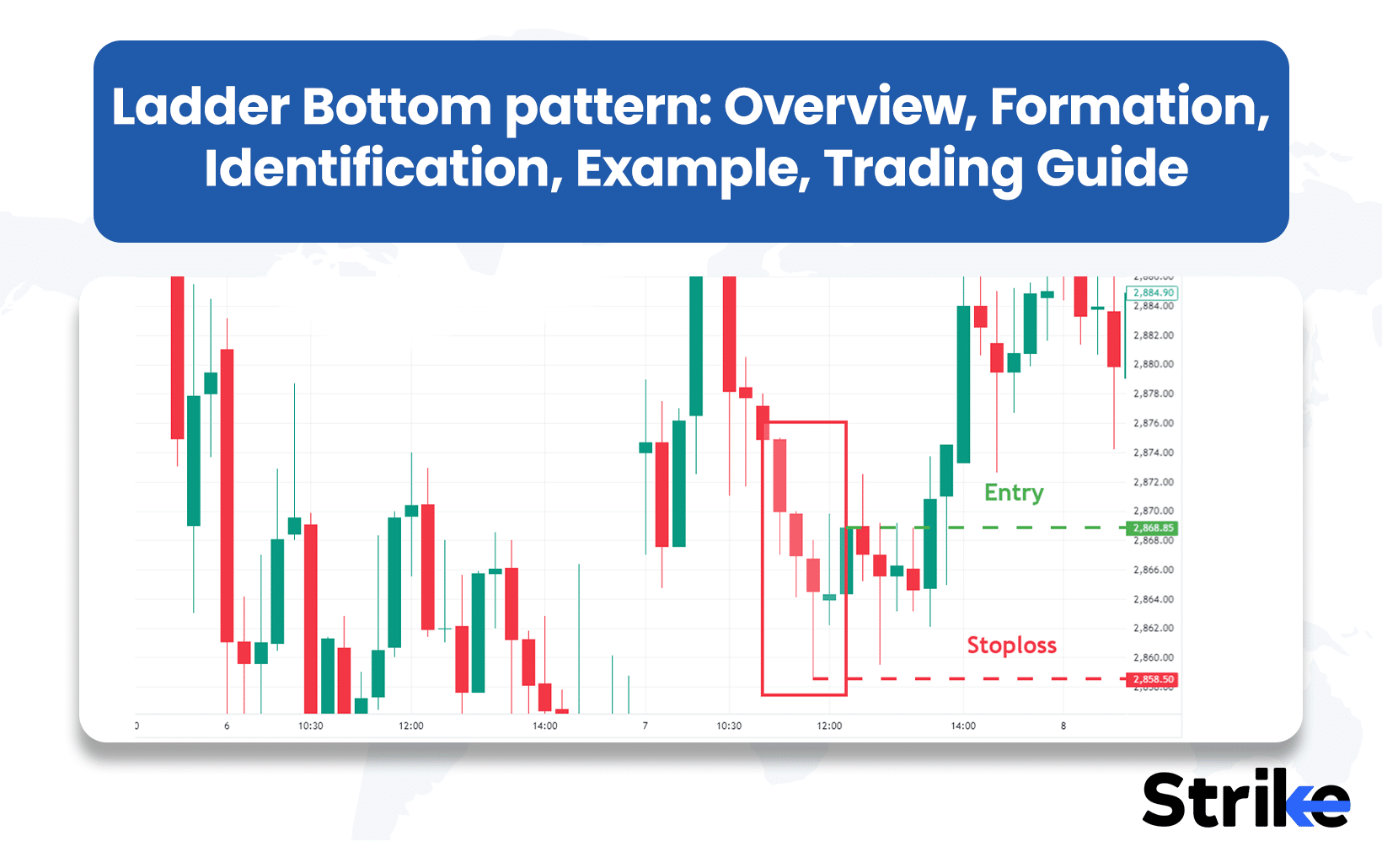




No Comments Yet.